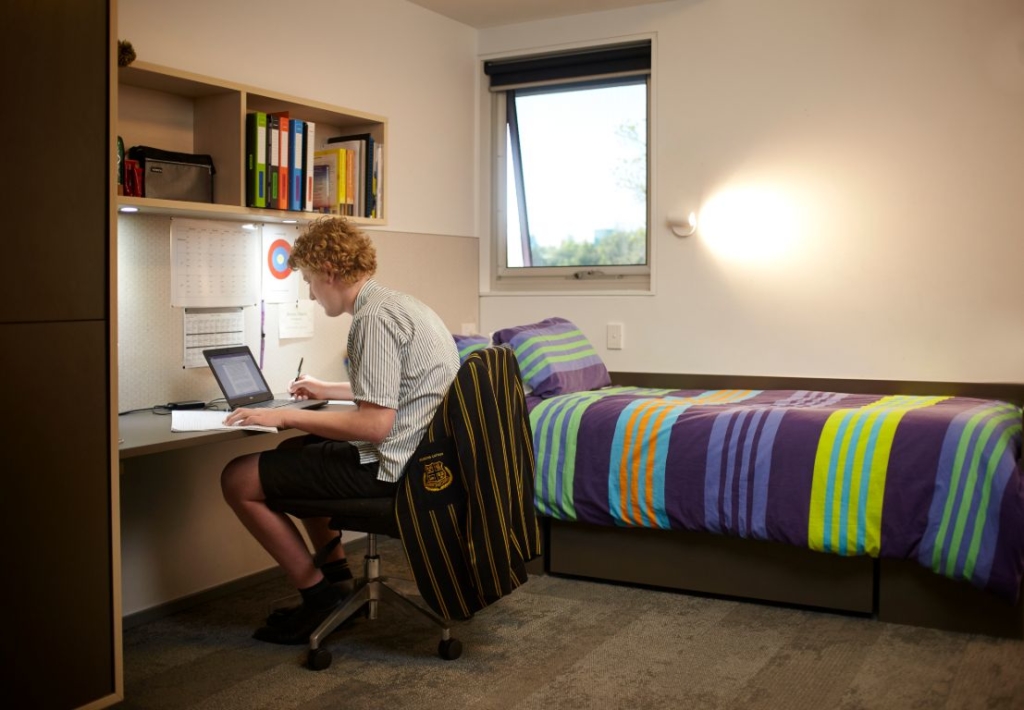Coronavirus has changed everything. With more and more children about to start doing their schoolwork from home a lot of parents are asking: ‘How do I set up home workspace for my children during Covid-19?’ It’s an important question, so we thought it might be useful to come up with a few tips to help you start setting up an inviting home learning environment for your child.
How parents can prepare for remote online learning
1. Collaborate with your child
Use this opportunity to include your child in the planning of their ‘classroom’ design and the transition to being at home during their school day. Some questions you could ask yourself (and them) about creating a home learning space include:
- Where do they work/study best?
- Do they feel productive in the space?
- Does your child need to be near an adult to maintain focus?
Try to distinguish between the ‘school space’ and the rest of your home so the child can metaphorically hang up their school bag and relax at the end of their day.
2. Be ergonomic
Your child will benefit from sitting in a chair that supports their body properly if they are to be in it for a few hours. A bad chair can lead to problems including:
- back strain
- leg problems
- carpal tunnel
Look for a chair that offers lumbar support for the lower back, and height adjustment so your child’s eyes are level with their screen and their posture is optimal. Here is a helpful checklist for an ergonomic assessment.
3. Get technical
Have a test run of the Wi-Fi in your selected spot. Is the signal strong enough? If not, you may want to consider buying a signal booster for that space. This will help your child by creating a consistent internet speed and prevent any unwanted breaks in their learning from poor internet signal.
Also, take a look at how the wire trails between the outlet and the laptop. If it looks like it could be a tripping hazard, consider buying a cord cover to solve the issue – and reduce the risk of the laptop getting suddenly knocked off the desk.
4. Bright kids rule
Check the light level in your child’s proposed working space at various times of the day. Not having enough light can risk giving them eye strain and lead to headaches. Lamps with adjustable light levels can improve a room, but natural light is best as lamps can create a glare on the screen.
5. Lights, camera… action!
With online learning comes a lot of virtual classroom time. Your child will be doing a lot of schooling face-to-face with teachers and other students via video conferencing.
When setting up your child’s desk space, take into consideration what their camera will pick up behind them. Make sure the room is well lit, and that it is free of any personal effects or items you may not want others to see. Also, think about whether it’s a space you walk through… you may not want to appear on every child’s screen as you’re pottering about in your trackies or wrapped in a towel.

6. Wash the school shirts
For some students, it may help to keep a routine by continuing to wear their uniform. This can act as a small but important reminder that they are still in school. When school’s out, they can put on their play clothes and relax, to create a mental space between school and home.
Maintaining elements of your child’s existing routine is a key part of reassuring them that things are ok. So, get up at the usual time, have breakfast, brush hair, clean teeth – keep to the things that would happen on any normal school day.
7. Select your stationery!
Your child will have most of the essentials they need to carry on working from home, but now’s a good chance to take a quick inventory with them.
Do they need a pencil holder? Perhaps a bulletin board would be helpful for their schedule? If you don’t want to head out to the shops, Officeworks will deliver.
8. Prepare a playlist
Movement breaks will be important, so perhaps put together a fun playlist of your child’s favourite tunes. At appropriate intervals have a ‘surprise disco’ and dance around for a few minutes.
Alternatively, if fast movement breaks aren’t working, slow it down by doing wall or chair push-ups or squeezing hands, shoulders or legs. Find what your child enjoys as it will really help with learning and focus.
9. Establish the rules
For some children, this may be the first time they’ve been allowed a screen or laptop of their own. They might want to play a quick game after they’ve finished their schoolwork. That’s fine, but make sure that you are making them stick a time limit for online play. Otherwise, you’ll most likely end up in a nightly argument asking for “another five minutes” when it’s time to switch it off.
10. You don’t need to be Mary Poppins
As you do your mental preparation, you might be thinking of the endless opportunities to add in at-home learning tasks like baking or sewing.
Alternatively, you might be worried about how you’re suddenly supposed to be a teaching assistant. Both emotions are ok. It is an unusual time and all you can do is your best.
Subscribe to Wesley College News & Events